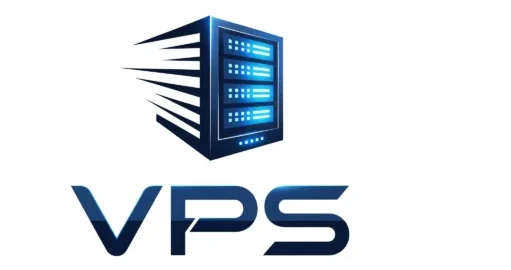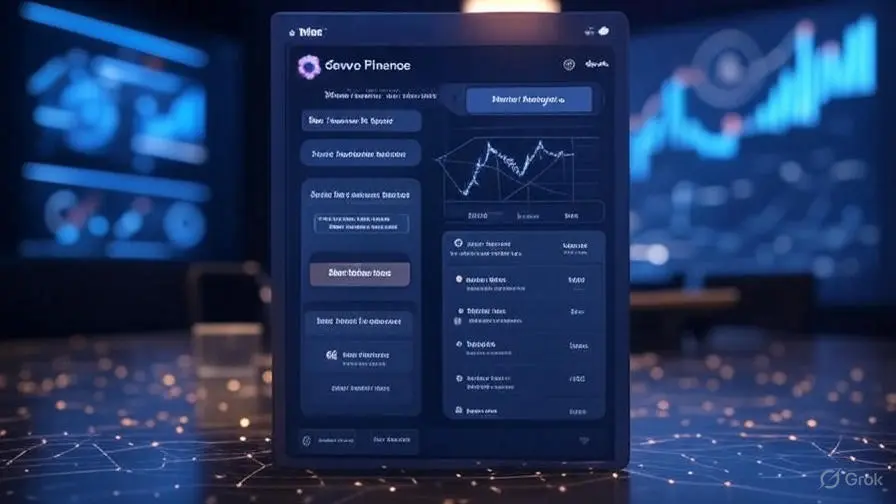In the rapidly evolving world of decentralized finance (DeFi), Curve Finance has emerged as a pivotal player, revolutionizing how stablecoin trading operates. As of July 2025, this Ethereum-based protocol continues to gain traction, offering low-slippage swaps and robust liquidity solutions that cater to both novice and seasoned crypto enthusiasts. But what exactly is Curve Finance, and why does it matter in the DeFi ecosystem? This 1500-word guide dives into the mechanics, benefits, and significance of Curve Finance, providing a comprehensive resource for anyone looking to understand its role in shaping the future of finance.
What Is Curve Finance?
Curve Finance is a decentralized exchange (DEX) protocol built on the Ethereum blockchain, designed specifically to facilitate the trading of stablecoins and other similarly pegged assets. Launched in 2020 by Michael Egorov, Curve stands out by using an Automated Market Maker (AMM) model optimized for minimal slippage and low fees. Unlike traditional DEXs like Uniswap, which support a broad range of tokens, Curve focuses on assets with stable values—such as USDT, USDC, DAI, and wrapped tokens like wBTC—making it a specialized hub for stablecoin swaps.
At its core, Curve operates through liquidity pools, where users deposit their assets to provide liquidity. These pools are powered by smart contracts that implement the StableSwap invariant, a unique algorithm that ensures efficient exchanges between assets with near-identical values. This focus on stability sets Curve apart, addressing a critical need in DeFi for reliable, cost-effective trading.
How Does Curve Finance Work?
The AMM Model and StableSwap
Curve’s AMM differs from the constant product formula used by other DEXs. Instead, it employs the StableSwap algorithm, which minimizes price impact during trades. This is achieved by adjusting the curve’s shape based on the assets’ pegged values, reducing slippage even for large transactions. For example, swapping $1 million worth of USDC for DAI on Curve incurs far less loss compared to a general-purpose DEX.
Liquidity providers (LPs) deposit pairs of stablecoins into these pools and earn a share of the trading fees—typically 0.04% per trade, with 50% distributed to LPs as CRV tokens. These tokens, Curve’s native governance and utility asset, also offer staking rewards, incentivizing participation.
Multi-Chain Expansion
Originally an Ethereum-native protocol, Curve has expanded to over 20 blockchains, including Arbitrum, Polygon, and Avalanche, by July 2025. This multi-chain approach broadens its accessibility, allowing users to leverage Curve’s efficiency across diverse ecosystems while reducing Ethereum gas fees.
Governance and CRV Token
The CRV token plays a central role in Curve’s decentralized governance. Holders can vote on protocol upgrades, fee structures, and new pool additions. Additionally, a unique “bribe” system—where projects incentivize CRV voters to support their proposals—has sparked the “Curve Wars,” a competitive landscape among DeFi protocols vying for liquidity and influence.
Why Curve Finance Matters in DeFi
1. Low-Slippage Trading
Stablecoins are designed to maintain a 1:1 peg with fiat currencies, but trading them on traditional DEXs often results in slippage due to volatility. Curve’s StableSwap algorithm ensures trades occur with minimal price deviation, making it ideal for large-scale transactions. This efficiency is a game-changer for institutional investors and DeFi projects relying on stable value transfers.
2. High Liquidity and TVL
Curve boasts a Total Value Locked (TVL) exceeding $2 billion across its pools as of mid-2025, according to recent data. This deep liquidity supports stablecoin economies, enabling seamless interactions with other DeFi protocols like Aave and Yearn Finance. The protocol’s ability to attract and retain liquidity underscores its importance as a DeFi backbone.
3. Yield Opportunities for Liquidity Providers
LPs earn competitive yields through trading fees and CRV rewards. Staking CRV further amplifies returns, with some pools offering annual percentage yields (APY) upwards of 10-20%, depending on market conditions. This incentivization drives adoption, fostering a self-sustaining ecosystem.
4. Catalyst for the Curve Wars
The “Curve Wars” highlight Curve’s influence, as competing protocols like Convex Finance and StakeDAO offer bribes to secure CRV voting power. This battle for control over liquidity allocation shapes DeFi’s competitive landscape, positioning Curve as a central hub for strategic decision-making.
5. Integration with Broader DeFi
Curve’s pools integrate with lending platforms, yield aggregators, and synthetic asset protocols, creating a interconnected DeFi network. For instance, LPs can use their Curve LP tokens as collateral on Aave, amplifying capital efficiency and driving cross-protocol growth.
Advantages of Curve Finance
- Cost Efficiency: With fees as low as 0.04%, Curve outperforms many DEXs, saving users significant costs on large trades.
- Stability Focus: Its specialization in stablecoins reduces risk, appealing to conservative investors.
- Community Governance: Decentralized control empowers users, aligning with DeFi’s ethos.
- Scalability: Multi-chain support mitigates Ethereum’s congestion, enhancing user experience.
Challenges and Limitations
1. Complexity for Newbies
While Curve excels for experienced users, its technical nature—requiring wallet setup and pool selection—can intimidate beginners. Educational resources are improving, but accessibility remains a hurdle.
2. Security Risks
Like all DeFi protocols, Curve is not immune to smart contract vulnerabilities. A notable 2023 exploit resulted in a $50 million loss, though the team responded with audits and compensation plans. Ongoing security enhancements are critical.
3. Dependency on CRV Value
LP rewards rely on CRV’s market performance. A drop in token value could reduce incentives, potentially affecting liquidity provision.
4. Competitive Pressure
The Curve Wars and rising competitors challenge Curve’s dominance. Protocols offering higher yields or broader token support could erode its market share.
The Future of Curve Finance in DeFi
As DeFi matures, Curve’s role is poised to expand. Innovations like the Curve Block Oracle, which uses LayerZero for cross-chain state proofs, enhance interoperability, promising tighter integration with emerging blockchains. By 2026, analysts predict Curve could double its TVL, driven by stablecoin adoption and institutional interest.
AI-driven yield optimization and improved user interfaces may address current limitations, making Curve more inclusive. Additionally, regulatory clarity around DeFi could boost its legitimacy, attracting mainstream capital.
How to Get Started with Curve Finance
Step 1: Set Up a Wallet
Use MetaMask or another compatible wallet, ensuring you have Ethereum or a supported chain’s native token for gas fees.
Step 2: Acquire Stablecoins
Purchase USDT, USDC, or DAI from exchanges like Binance or Bit2Me, then transfer them to your wallet.
Step 3: Connect to Curve
Visit app.curve.fi, connect your wallet, and deposit funds into a liquidity pool. Start with a small amount to test the process.
Step 4: Earn Rewards
Stake your LP tokens or CRV to maximize yields. Monitor pool performance and adjust as needed.
Practical Tips for 2025
- Research pool APYs and risks before depositing.
- Diversify across multiple pools to mitigate losses.
- Stay updated via Curve’s official Twitter and community forums.
- Use aggregators like DeFi Llama to track TVL and performance.
Conclusion
Curve Finance is more than a DEX—it’s a cornerstone of the DeFi ecosystem, enabling efficient stablecoin trading, fostering liquidity, and sparking competitive innovation through the Curve Wars. Its low-slippage model, high yields, and multi-chain presence make it indispensable for DeFi participants. While challenges like security and complexity persist, ongoing developments signal a bright future. Whether you’re an investor seeking yields or a DeFi enthusiast exploring new frontiers, Curve Finance offers a powerful tool to navigate the decentralized economy. Dive in, and harness its potential to shape your financial journey in 2025 and beyond.
Frequently Asked Questions
1. Is Curve Finance safe to use?
Curve has faced security incidents, but its team conducts regular audits and compensates users. Use it cautiously and only with funds you can afford to lose.
2. Can I trade any token on Curve?
No, Curve focuses on stablecoins and pegged assets like wBTC. Check supported pools on the official site.
3. How do I earn rewards on Curve?
Deposit stablecoins into liquidity pools and stake LP tokens or CRV to earn trading fees and rewards.
4. What are the Curve Wars?
A competition where DeFi protocols bribe CRV voters to influence liquidity allocation, shaping Curve’s ecosystem.
5. Do I need technical skills to use Curve?
Basic crypto knowledge (e.g., wallets, gas fees) is required. Tutorials and community support can help beginners.



